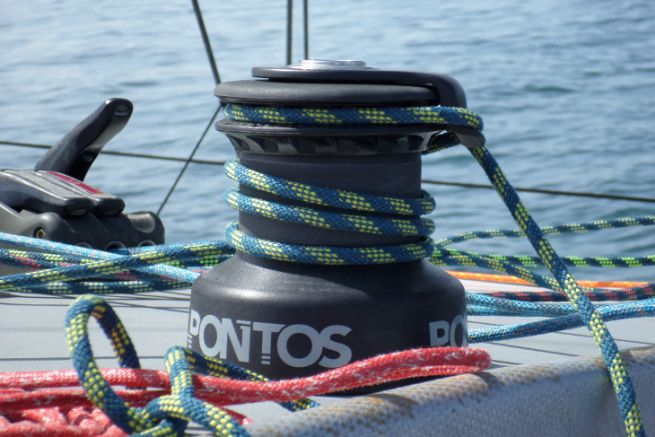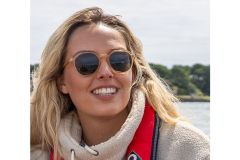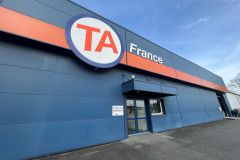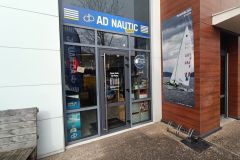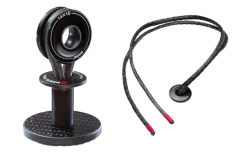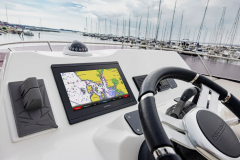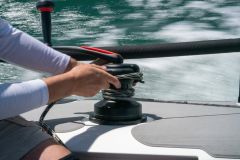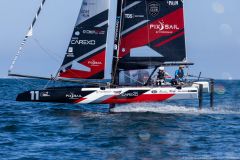The yachting of tomorrow will require an evolution of the boat's equipment. The professionals have understood this. They worked on it in all sectors of the boating industry in 2018, through new products and industrial mergers to increase their development capacities.
Marine engines, from electric to high-powered outboards
What engine and what energy will drive the boat of tomorrow? This question is at the heart of the evolution of yachting. It is clear that two paths seem to be favored. The first trend is the emergence of ever more powerful outboard engines. The new Mercury V8 reaches 400 HP, while Yamaha has 425 HP and Suzuki 350 HP. Beyond the display of a large displacement that satisfies some boaters, these new models allow manufacturers to offer an outboard engine on boats of ever larger size, with a gain in terms of ease of maintenance.
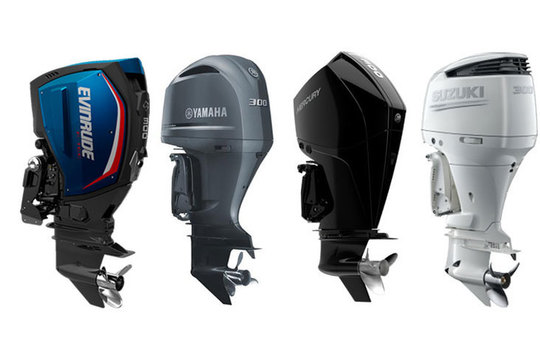
The ecological issue and the regulation of certain bodies of water are also pushing the development of electric boats. 2018 saw the acquisition of the German leader in electric motors torqeedo, the traditional engine manufacturer, by the Deutz Group. The Swedish behemoth Volvo Penta exhibited its strategy to offer hybrid engines in 2021 while the Finnish company Oceanvolt launched the manufacture of its own batteries . On the French side, Watt&Sea, a specialist in hydrogen generators, launched its saildrive pod for the propulsion of small units.
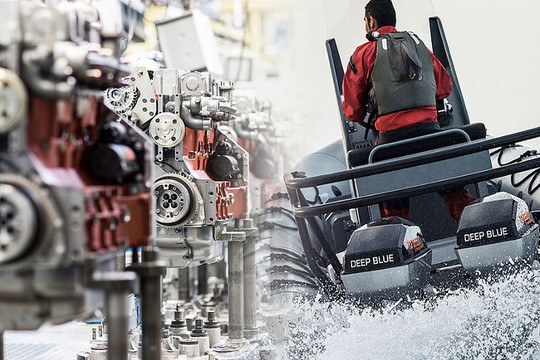
The diesel manufacturer Yanmar has revised its network in France, resuming direct distribution after a long collaboration with Fenwick.
Electronics and sail making towards the connected boat
If the autonomous boat is the subject of much ink and spit, it still requires some technical prerequisites. These missing technological bricks are of interest to professionals who are investing in their development. The buyouts by the heavyweights of marine electronics of start-ups and ETIs of mapping and home automation testify to this. In 2018, we have seen Navico merge with C-Map maps , while Garmin had acquired Navionics in October 2017. On the home automation and connected boat side, Garmin acquired Trigentic, while Navico has acquired Yacht Defined .
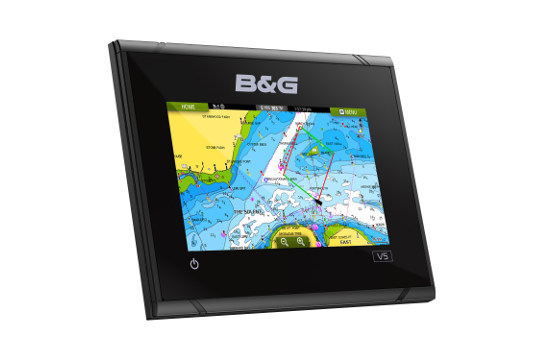
The engine hours of a boat have been known for a long time. The life of the sails is less well known, but their instrumentation is ongoing. While One Sails incorporates chips in its membranes Spinlock now offers master sailors the opportunity to sew a box measuring the life parameters of the sail . On the economic side, the wedding of Incidence and Delta Voiles sailmakers reinforces their place in the French landscape.
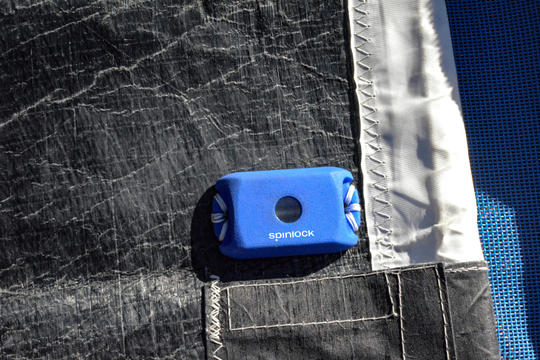
Fittings : textile and complete offers
The world of rigging continued to structure itself in 2018. Pontos 4 speed winches have joined the Norman equipment manufacturer Karver complementing its bridge plan offering. Also, the Wichard group has acquired Lorima carbon masts The company's range of products includes Sparcraft aluminum spars, Facnor and Profurl shackles and furlers. The suppliers want to offer shipyards a coherent, broad and unique product range.
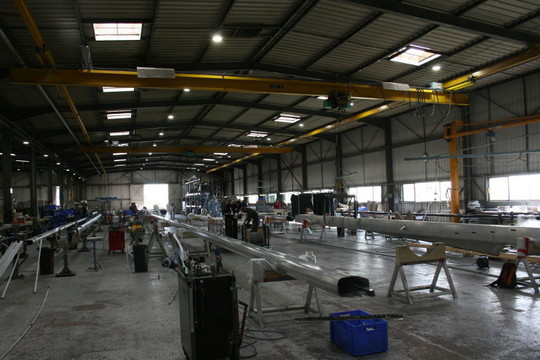
Textile shackles and various equipment made of high-strength fibers continue to diversify. Nodus Factory has raised significant funds while Ino-Rope has moved to new premises.
The sea clothing in the turmoil
While Gill just announced investments, specialty marine apparel brands suffered in 2018. The year was marked by the acquisition of Musto by Helly Hansen who has itself changed ownership . Henri Lloyd came close to disappearing and finally found a partial buyer . The pressure from brand distributors, such as Decathlon, which is expected to invest in a new R&D center, is probably not unrelated to this.
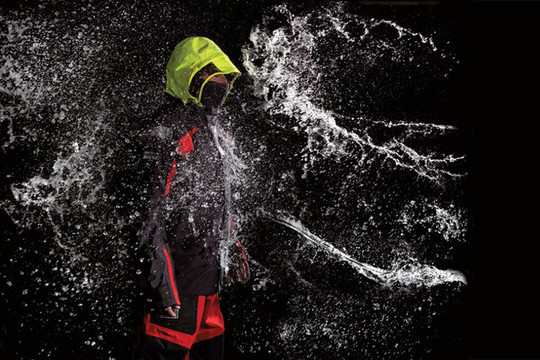
Antifouling, a necessary evolution
The change in regulations on biocides marked the start of the 2018 school year. While it forced suppliers to change formulations and packaging, it is only one step in the necessary evolution of boat hull protection against dirt. The offer of silicone films to be applied is developing, while research is continuing, like that of Akzo Nobel on the use of UV mini-lamps .
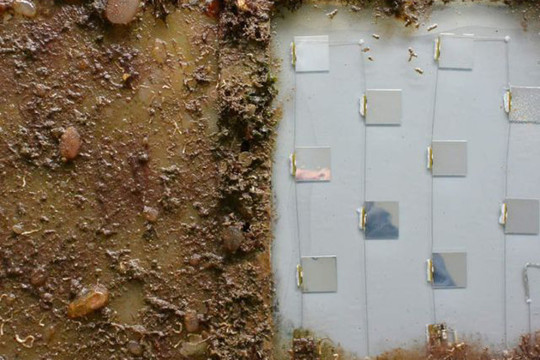
Foils, the new appendage
It's being talked about everywhere as the revival of yachting: the foil. It is finally one more piece of equipment on board. Specialized equipment manufacturers have been created. Its democratization comes from the world of gliding and beach gear, which has led to the emergence of specialists such as Loke Foils or Foil and Co. Other players from the ocean racing industry, such as Avel Robotics, are bringing cutting-edge additive manufacturing technologies. In addition, integrators such as Seair offer "foil equipment" to be installed on board. Flight control also involves electronics engineers. An entire industry accelerated its construction in 2018.

Distribution, between heavyweight and proximity
How do you get equipment from the manufacturer to the shipyard? The traditional distribution model remains strong, while others are emerging. The French leader Alliance Marine has continued its development abroad with the acquisition of Forniture Nautiche Italiane in Italy and 3SI in the UK . The Lalizas group has bought several brands of pyrotechnic equipment and fittings. Faced with a highly concentrated system, new players are trying to enter, such as Marine Mobile Diffusion who wants to find another way of working .
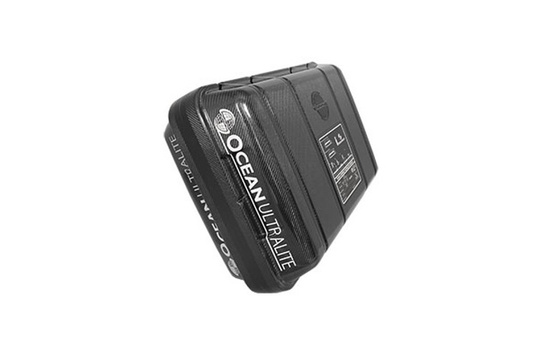
Consumer hardware stores have continued their necessary shift towards greater digitalization, particularly in-store pick-up offers after ordering on the website. The search for new access channels for boaters is illustrated by BigShip's decision to skip Nautic and shift its budget to other in-store actions.
2018 will have been marked by a digital and ecological transition in the world of marine equipment manufacturers that must now find its expression on boats.




